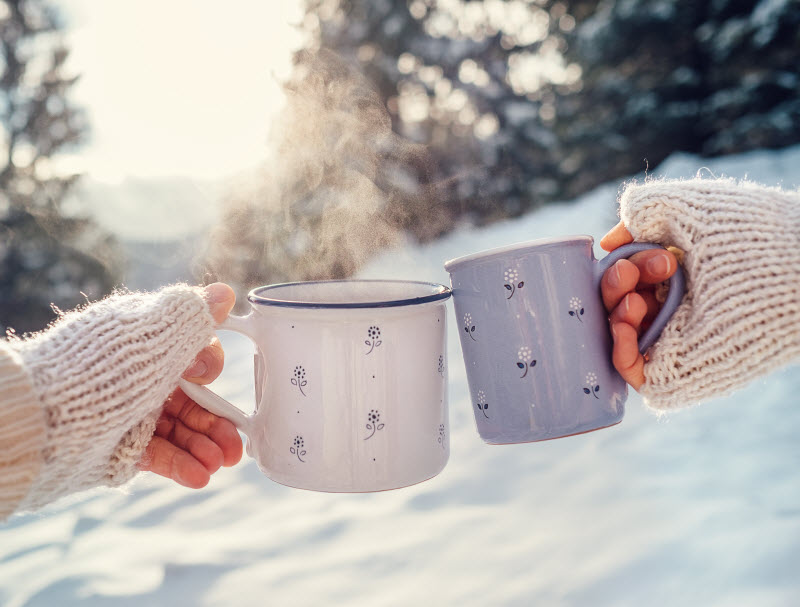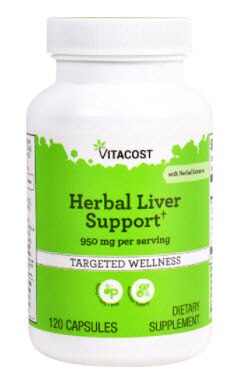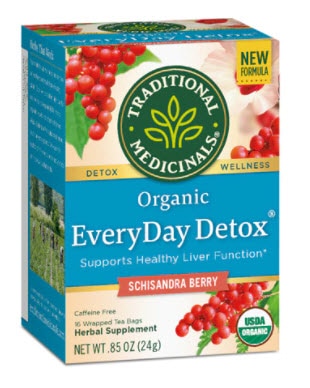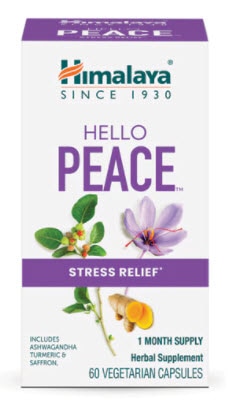January is upon us, with its earnest, grandiose resolutions and inevitable lapses. Come February, most of those resolutions have petered out. If you are looking for a doable turn around, a change maker, a clarity bomb, why not consider going dry? Dry January, which officially began in 2014, is a public health campaign urging people to abstain from alcohol for the month of January, practiced in Europe and the US. Also known as Dryuary, participants challenge themselves to put down the bottle opener, hide the corkscrew and explore the many silver linings of sobriety.
Because of its realistic time frame—abstaining for a month versus an open-ended effort—it seems attainable. (You can do almost anything if it’s only for a month.) The specific, measurable period is more accessible than more amorphous goals, such as the generic “lose weight” or “get into better shape.”
What is Dry January?
I heard the call for Dry January—in fact I am five days in as of today. My own drinking arc peaked during the pandemic. I didn’t binge drink, but it was a slow steady trickle, softening the evenings but also dulling my mornings. It was a salvo for the double whammy of being newly divorced and the isolation of the Covid—a glass of wine, or two or three, was something to look forward to and take comfort in during unsettling times. In fact, alcohol policy experts have identified two ways that COVID-19 might impact alcohol consumption: Alcohol use and related harms may increase due to stress triggered by “financial difficulties, social isolation and uncertainty about the future.
I had thought repeatedly about giving alcohol a break. When I got the assignment to write about Dry January, I took it as a needed nudge. January 1st was the hardest day to go without booze—we skied and there’s nothing better than a touch of après after going for it in the cold. I thought I might do a soft Dry January, starting for real on the second day, but I was glad my ski buddy and I went all in and passed on the tailgating libations. Well begun was half done, after all. We sailed soberly through New Year’s Day with bells on.
I wasn’t alone in my Covid indiscretions. Recent research shows that during the coronavirus pandemic, U.S. adults drank alcohol 14 percent more frequently than they did before the pandemic. Another study found that of a survey comprised of 833 participants, nearly two-thirds said their drinking had increased compared to their consumption rates before COVID. The trend is alarming in part because it stems from the mindset of “drinking to cope,” rather than drinking for pleasure or celebration.
According to an article on our pandemic drinking problem in the New York Times, “previous research suggests that people who drink to cope have a higher risk of developing an alcohol-use disorder, which is the inability to stop or control drinking even when it causes harm.”
If you do feel you might have developed a wee drinking problem, Dry January—or at this point dry February—may be just the thing. For starters, let’s get clear on the term “excessive drinking.” The CDC defines it as four or more drinks for women on one occasion and for men, five or more. For weekly consumption, eight drinks or more a week for women, 15 or more for men.
Even if you drink much less but want to redefine your relationship to alcohol on your own terms, going dry for a month can be extremely illuminating.
Tips for a successful Dry January
Be clear on the why
The overarching goal is to become more mindful of the role alcohol plays in your life. Although I rarely had more than two drinks a night, I was still drinking more than I should. I was living my fuzziest life, running a layer of interference over my innate mojo. And I had gained a few extra pounds. I wanted to explore my relationship to alcohol: Was I really that into you? I knew I wanted a new relationship with alcohol. I didn’t want to break up entirely, but I did want to revisit the rules of engagement. Knowing your why helps bring in the new habit. Current research on goal setting says goals are more likely to be achieved if they’re relevant to you. Abstract bromides such as ‘I should stop drinking because drinking is bad’ are not as motivating.
Enlist a friend
It’s lonely on the sober perimeter. Plus, if you spend a lot of time hanging out with a friend who is drinking, chances are it will be a lot trickier for you to hold out. Try to get your partner or best buddy on board. They can keep you company, provide solace for when urges get intense, and keep you accountable. Getting my boyfriend to do Dry January with me was critical for my own success.
Develop a new workout habit
Channel all that newfound energy into a new workout, an early morning yoga class, or an evening walk. It’s good to leverage the going dry by mixing up your routine, trying something new and giving yourself a tangible way to reap the rewards of temperance.
Take a hiatus from happy hour
Attending a happy hour might set you up for a temptation difficult to overcome. If you know how hard it will be for you not to succumb, avoid happy hours at all costs. Take a break—your friends will understand—or propose a happy hour hike instead.
Forgive yourself for slip ups
If you do end up having a drink, don’t berate yourself. To err—and to drink—is human. Life often present events, such as weddings and funerals, where the temptation to indulge can be too much to bear. If this happens, begin again. Call it a One-Drink January or a Damp January and pick up where you left off. Remember the point of attempting a month without alcohol isn’t to be self-shame.
Monitor your symptoms
Dry January can reveal potential alcohol problems, including symptoms of alcohol withdrawal ranging from mild to serious, depending on how much you usually drink. If you are going into withdrawal, stopping abruptly can be dangerous. Mild symptoms include anxiety, shaky hands, headache, nausea, vomiting, sweating and insomnia. Severe symptoms often kick in within two or three days after you stop drinking. They can include hallucinations, delirium, racing heart rate and fever. If you think you are suffering alcohol withdrawal symptoms at any time seek immediate medical help.
What difference does Dry January make long term?
It’s all well and good to quit for a month, but does a brief timeout have an impact on the long-term? The answer can vary widely from person to person and depends on how much you drink to begin with. Quitting drinking can have some immediate effects. For someone who drinks in moderation (1-2 drinks a day, on average), a dry spell can bring weight loss, better sleep and an increased energy level. You’ll also save money, feel better in the morning and have more hydrated, brighter skin. Even more importantly, a bout of alcohol abstinence can help convince you you’re better off without alcohol altogether, or at least appreciate the value of cutting back.
The long-term effects of challenges like Dry January are more nuanced. A 2014 survey by the University of Sussex found that six months following January 2014, out of 900 surveyed participants in the challenge, 72 percent had “kept harmful drinking episodes down” and 4 percent were still not drinking. However, a 2021 study found that a rise in Dry January participation in the United Kingdom between 2015 and 2018 was not associated with a corresponding drop in overall consumption nationwide.
Still, for most people getting sober-curious is a harmless trial that has a lot of potential to shake up some habits that no longer serve. One word of caution: All-or-nothing experiments can set you up for feelings of failure if you slip up. If total abstinence feels like it might be overwhelming, there might be a more moderate tack you can take, such as committing to not drinking alone, not exceeding a certain number of drinks in a night or sticking to a certain monthly budget for alcohol purchases.
Whether you attempt to drop drinking altogether for the next month or tackle your drinking incrementally, remember to be kind to yourself. These challenges are what you make of them. If they help you gain clarity regarding your relationship to alcohol, such as the possibility you need additional support to achieve abstinence, then Dry January, however long it lasts, will have been well worth it.




